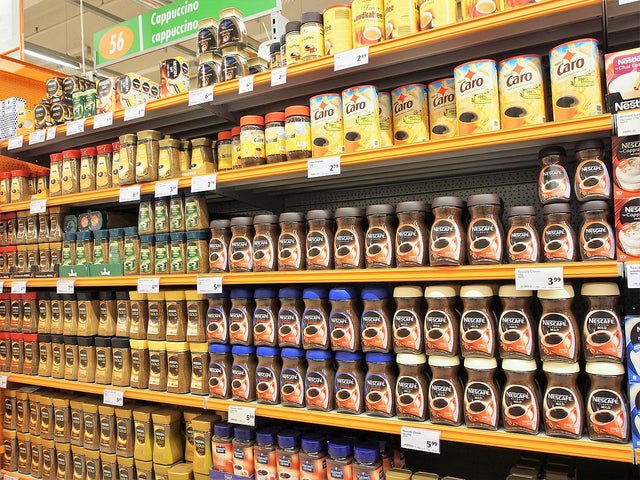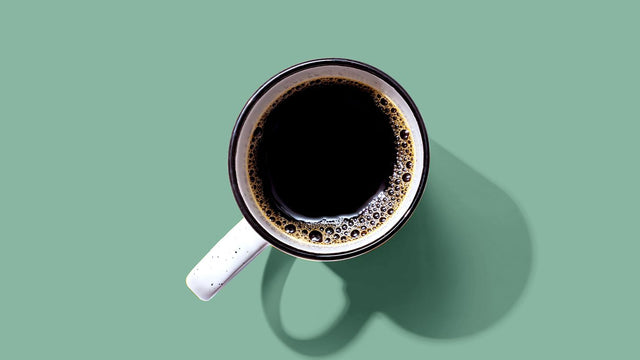Coffee lovers, have you ever found yourself staring at a perplexing coffee label, wondering what it all means? From single-origin to roast levels and tasting notes, navigating the world of coffee can feel overwhelming for beginners. But fear not! "Decoding Coffee Labels: A Beginner's Guide to Understanding Your Brew" is here to unravel the mystery behind those enticing packages. Whether you're aiming to brew a velvety espresso or a smooth pour-over, understanding coffee labels is your first step toward a superior cup. Each label tells a story – the origins of the beans, the roasting technique, and the flavor profile. By demystifying these elements, you’ll gain confidence in selecting the perfect coffee for your taste buds. Join us as we dive into the essential components of coffee labels, empowering you to make informed choices and elevate your coffee experience. Your journey to becoming a coffee connoisseur starts here!
If you’ve ever stood in front of a wall of coffee bags wondering what“single origin" or “notes of cherry” even mean — you’re not alone. Coffee labels can be confusing, but once you know what to look for, they become your secret tool to picking better coffee for you.
1. Origin Matters
The origin tells you where the beans were grown. Single origin means all the beans come from one country or even a specific farm — great for tasting unique regional flavors. Blends mix beans from different places to create a consistent flavor profile.
2. Roast Level
Look for labels like light, medium, or dark roast. Light roasts are brighter and more acidic, while dark roasts are bolder and smokier. If you prefer rich, chocolatey coffee, medium to dark is probably best. Fruity or floral lovers? Try going for light roast.
4. Tasting Notes
Tasting notes like “chocolate" or "nutty” don’t mean flavors are added — they describe the natural taste profile. Use them as a guide to match your flavor preferences.
5. Roast Date
Always check for a roast date. Fresh is best — ideally within 2–4 weeks of roasting. Avoid bags with only “best by” dates; they’re often older and less flavorful.
Conclusion
Next time you’re shopping for beans, take a closer look at the label — it’s like a mini flavor map waiting to guide you to your perfect cup!
More stories

The Problem with Grocery Store Coffee (and the Better Option)

